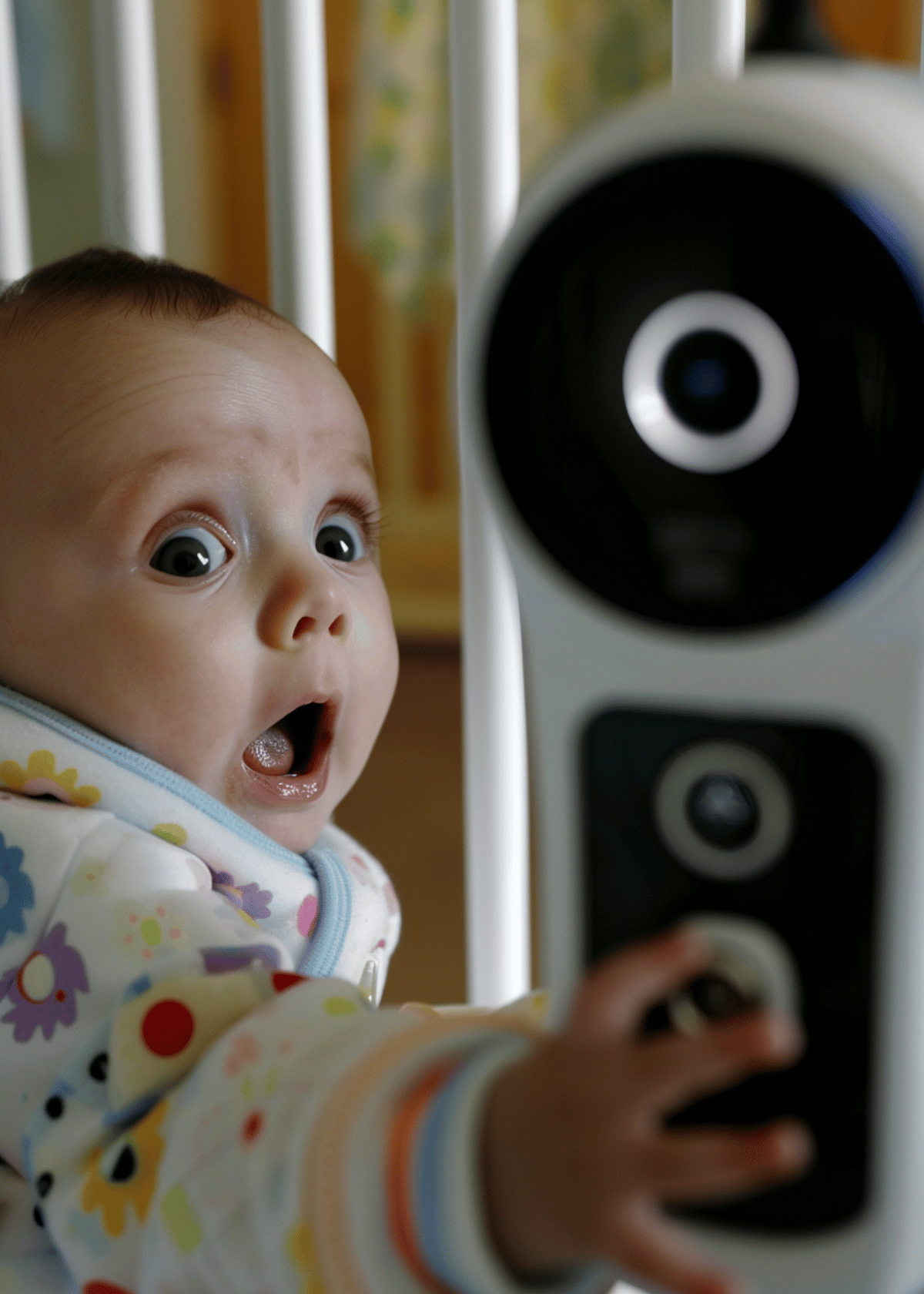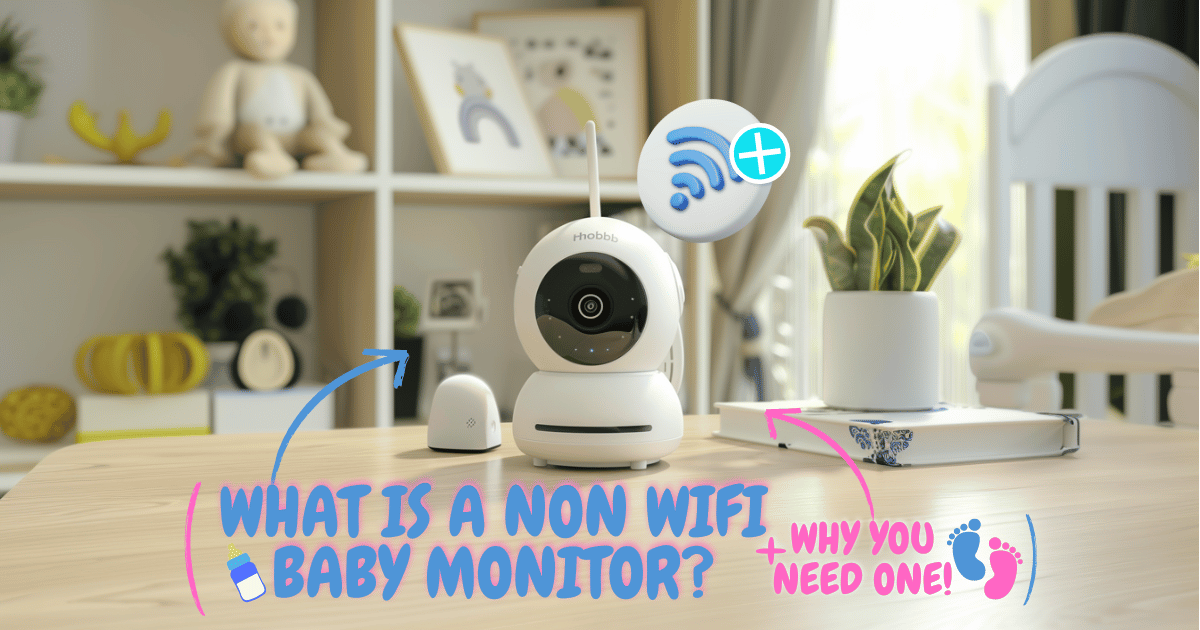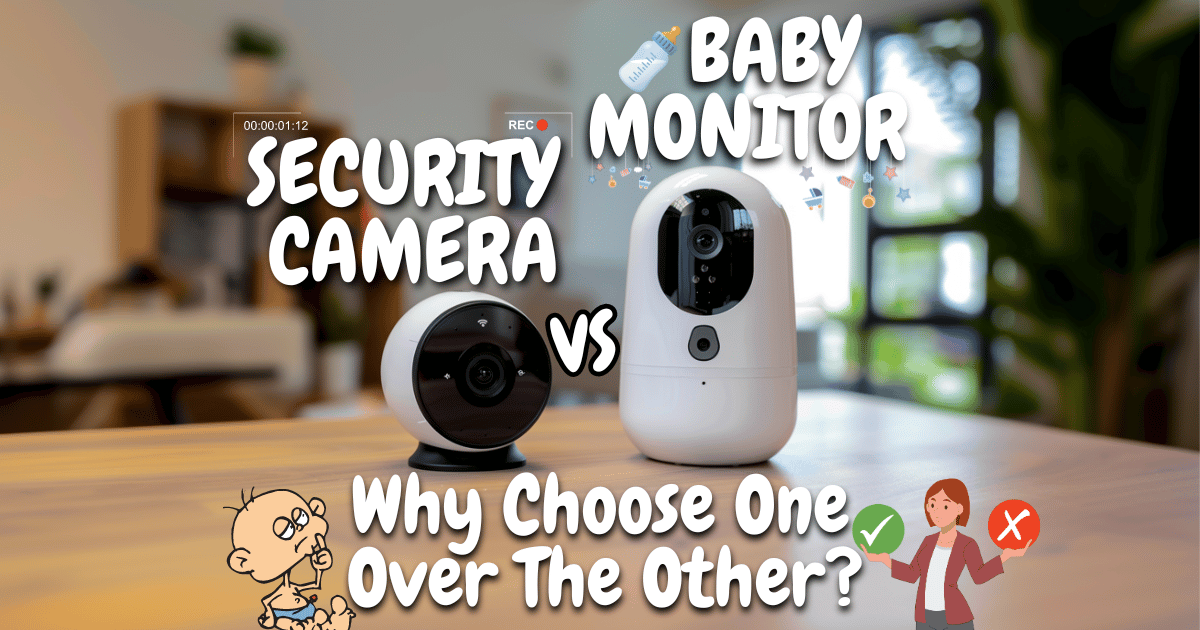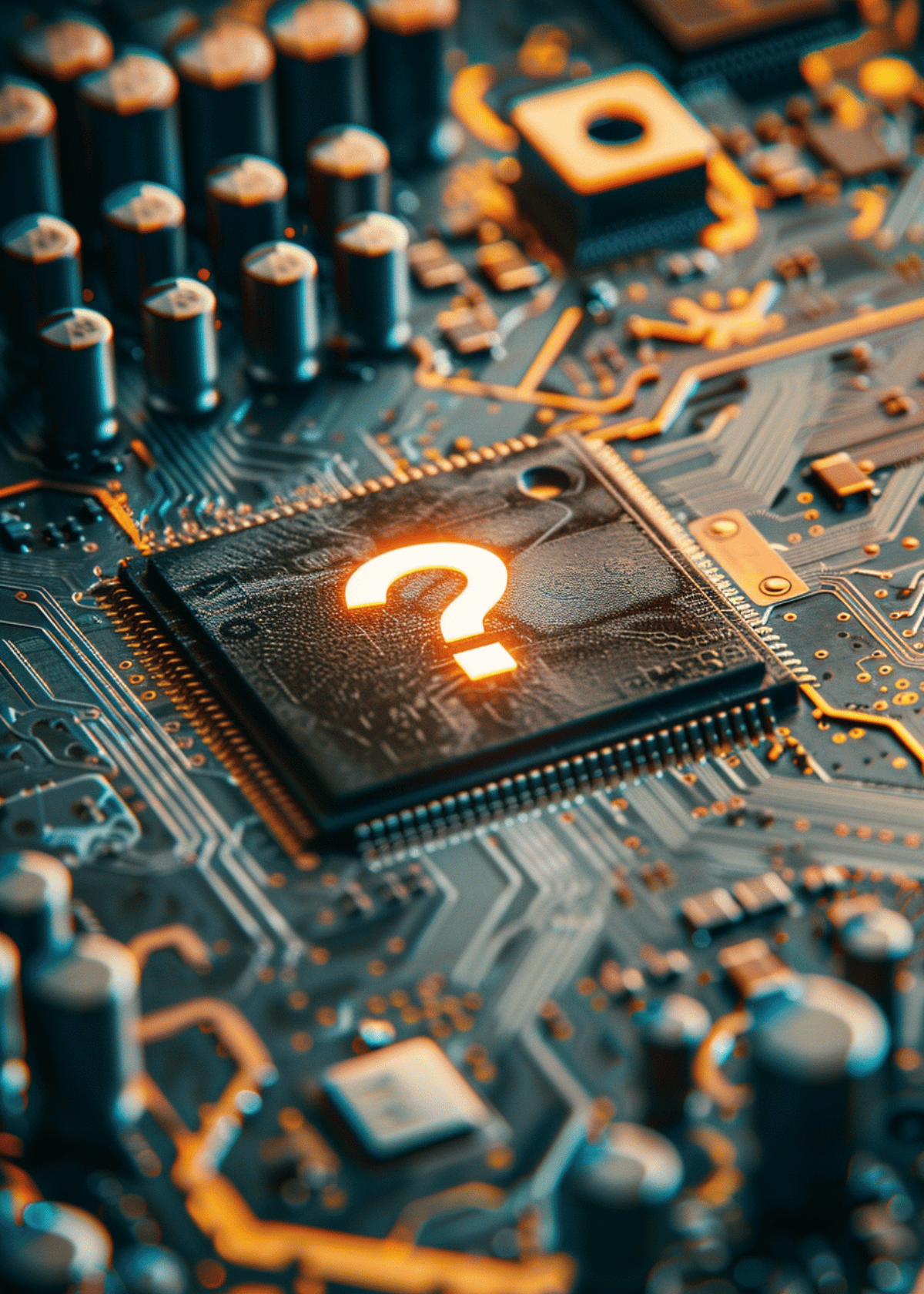How Safe are Baby Monitors? Parents You Might Not Like The Answer! 🕵️♀️

Baby monitors are electronic devices designed to help parents or caregivers keep an eye and ear on their infants remotely. They consist of a transmitter placed near the baby and a receiver that the parent carries or accesses through a smartphone app. Baby monitors typically transmit audio and video signals, allowing parents to monitor their baby's activities, sleep, and well-being from another room or even when they are away from home.
The safety of infants is of utmost importance to parents and caregivers. Baby monitors play a crucial role in enhancing the safety and security of babies by providing real-time monitoring and alerting parents to any potential risks or emergencies. This article will delve deep into are baby monitors actually safe?? So, lets begin;
➨ The 3 Most Common Types of Baby Monitors 👶
⇢ ⑴ Audio Baby Monitors 🔊
Audio baby monitors transmit sound from the baby's room to the receiver, allowing parents to hear their baby's sounds and movements.
- They are typically equipped with sensitive microphones to capture even the slightest noises, such as crying, babbling, or breathing.
Audio monitors are simple to use, cost-effective, and ideal for parents who primarily rely on sound cues to monitor their baby.
⇢ ⑵ Video Baby Monitors 📹
Video baby monitors provide both audio and visual monitoring of the baby.
- They have a camera unit that captures live video footage of the baby and transmits it to the receiver or a smartphone app.
Video monitors enable parents to see their baby in real-time, observe their sleeping positions, facial expressions, and monitor their activities visually.
- This added visual element offers an extra layer of reassurance and helps parents ensure the baby's safety and well-being.
⇢ ⑶ Smart Baby Monitors 📲
Smart baby monitors integrate advanced technology and connectivity features.
They connect to home Wi-Fi networks and allow parents to access the monitoring feed through smartphone apps or web-based platforms.
Smart monitors often include additional features such as temperature and humidity sensors, motion detection, two-way audio communication, and even integration with other smart home devices.
These monitors provide convenience and flexibility, enabling parents to monitor their baby from anywhere using their smartphones or tablets.
➨ 3 Potential Safety Concerns to be Aware Of 🦺
↪⚠️ Privacy and Security Risks
One of the primary concerns with baby monitors is the potential for privacy and security breaches.
As baby monitors transmit audio and video signals wirelessly, there is a risk of unauthorized individuals accessing the feed.
- To mitigate this risk, it is essential to choose monitors with robust encryption and password protection features.
- Regularly updating firmware and using secure Wi-Fi networks can also help safeguard against privacy breaches.
↪⚠️ Interference from Other Devices
Baby monitors that operate on certain frequencies can be prone to interference from other wireless devices, such as cordless phones, Wi-Fi routers, or microwaves.
This interference can result in disrupted or distorted audio or video signals.
- To minimize interference, parents should choose monitors that operate on different frequency bands or utilize digital encryption technology, which provides a more reliable and interference-free transmission.
↪⚠️ False Alarms and Reliability Issues
Some baby monitors may experience false alarms, such as detecting movement when there is none or triggering alerts unnecessarily.
- False alarms can cause unnecessary stress and anxiety for parents.
It is crucial to select monitors with reliable motion sensors and adjustable sensitivity settings to reduce false alarms.
- Additionally, choosing monitors from reputable brands known for their reliability can help ensure accurate monitoring and minimize false alerts.
➨ 6 Safety Tips for Using Baby Monitors 📃
➲ 1. Choose a Reputable Brand and Model ✔
When selecting a baby monitor, opt for well-known brands that have a track record of producing reliable and safe products.
Reputable brands often prioritize safety in their designs and undergo rigorous testing to ensure their monitors meet industry standards.
Research customer reviews and seek recommendations from trusted sources to make an informed decision.
➲ 2. Set Up Secure Wi-Fi Connections ✔
If you are using a Wi-Fi-enabled baby monitor, it is crucial to secure your home network.
Set a strong and unique password for your Wi-Fi network to prevent unauthorized access.
Enable encryption, such as WPA2, to ensure that the data transmitted between the monitor and your devices remains secure.
➲ 3. Create Strong Passwords for Monitor Access ✔
When setting up your baby monitor, create a strong and unique password for accessing the monitor's features or the associated smartphone app.
Avoid using common or easily guessable passwords. A strong password typically includes a mix of uppercase and lowercase letters, numbers, and special characters.
- Regularly update your password and avoid reusing it for other accounts.
➲ 4. Regularly Update Firmware and Software ✔
Manufacturers often release firmware and software updates to address security vulnerabilities, improve performance, and introduce new features.
- Stay vigilant and check for updates regularly.
- Follow the manufacturer's instructions to install these updates promptly.
Regularly updating the monitor's firmware and associated apps helps ensure that you have the latest security patches and enhancements.
➲ 5. Place the Monitor at a Safe Distance from the Baby ✔
Proper placement of the baby monitor is essential to ensure the baby's safety and prevent any potential risks.
Follow the manufacturer's guidelines regarding the recommended distance and placement for optimal monitoring without posing any safety hazards.
Ensure that the power cords and cables are kept away from the baby's reach to prevent accidental pulling or entanglement.
➲ 6. Follow Manufacturer's Instructions for Installation and Use ✔
Carefully read and follow the manufacturer's instructions when installing and using the baby monitor.
- Each monitor may have specific guidelines and considerations.
- Proper installation ensures optimal performance and minimizes any potential safety risks associated with improper setup or usage.
- Pay attention to guidelines regarding mounting, positioning, and securing the monitor.
➨ The 3 Main Benefits of Baby Monitors ✅
➯ Enhanced Supervision and Peace of Mind 🧘♀️
Baby monitors provide parents with continuous supervision of their infants, even from a distance.
By having audio or video capabilities, parents can monitor their baby's activities, ensuring their safety and well-being.
This constant monitoring brings peace of mind, allowing parents to engage in other tasks while still being aware of their baby's needs.
➯ Baby's Sleep Patterns and Health Monitored 24/7 💤
Video baby monitors offer the advantage of observing the baby's sleep patterns, sleep positions, and overall sleep quality.
This information can be valuable in monitoring the baby's health and detecting any potential sleep-related concerns.
By tracking sleep patterns, parents can make informed decisions and share relevant information with healthcare professionals if necessary.
➯ Respond To Baby's Needs Quicker 💨
Baby monitors enable parents to respond promptly to their baby's needs.
By hearing or seeing their baby in real-time, parents can quickly attend to their cries, discomfort, or other immediate needs.
This responsiveness helps establish trust, comfort, and a sense of security for the baby, promoting their overall well-being.
Conclusion - Are You Happy With How Safe Baby Monitors Are? 😁
Baby monitors are tools that can enhance safety and monitoring, but they should not replace direct caregiving and parental presence. While baby monitors offer convenience and assistance, they should never be relied upon as a complete substitute for parental supervision. Parents should prioritize being physically present, engaging with their baby, and actively monitoring their well-being. Look for monitors that have undergone rigorous testing and adhere to industry standards. Selecting a reliable and secure baby monitor helps ensure the safety and well-being of the baby. While baby monitors provide valuable assistance, parents should remember that their active presence and direct interaction are essential for the baby's well-being.
More On Baby Monitors ⬇👶⬇









